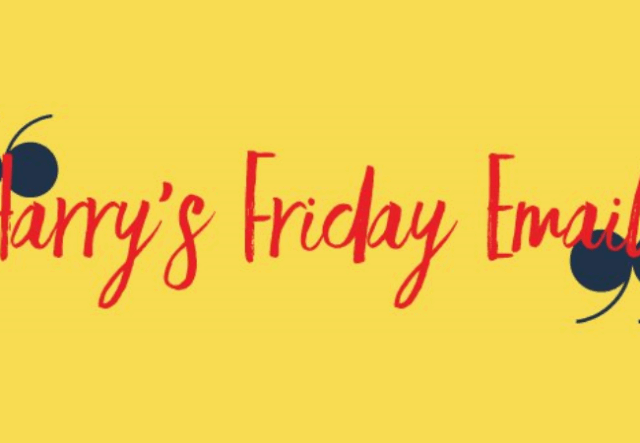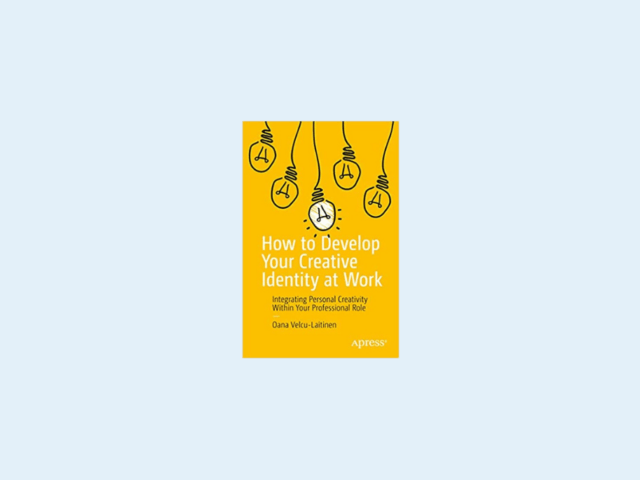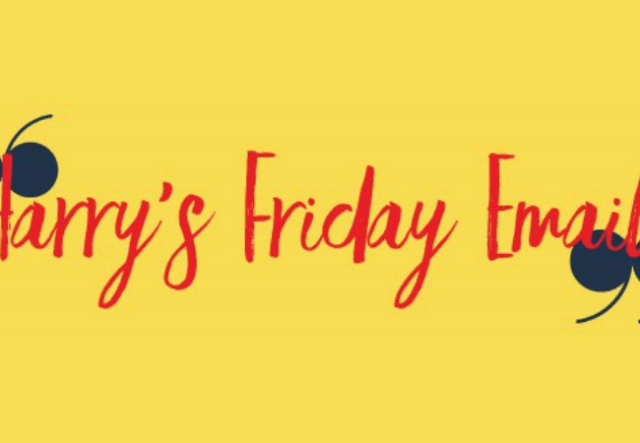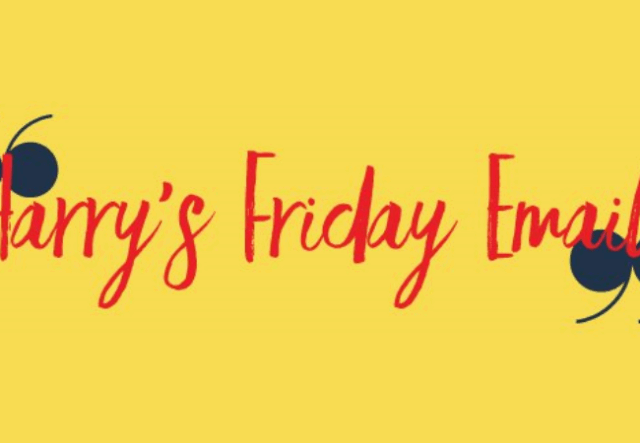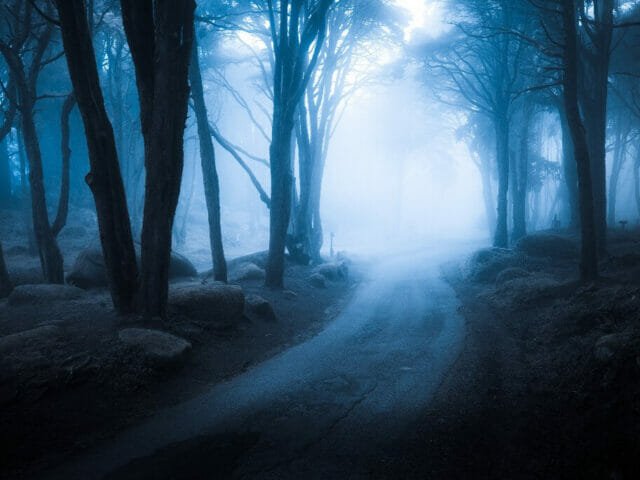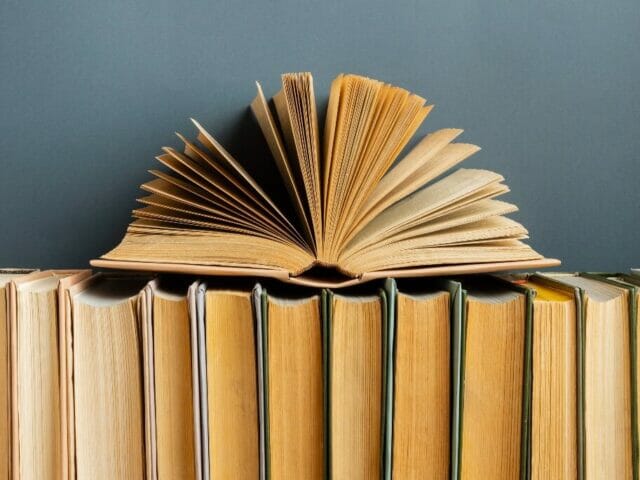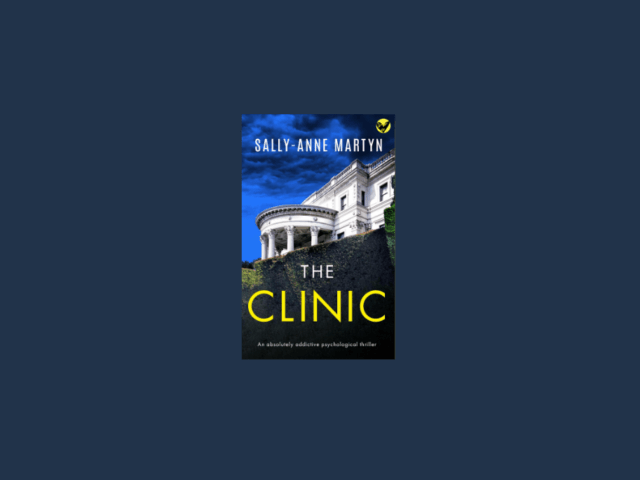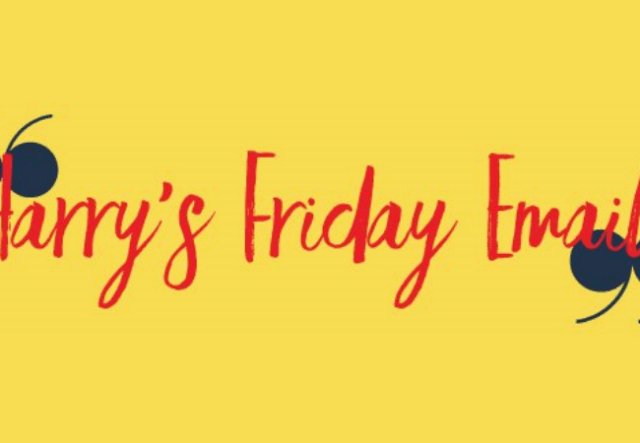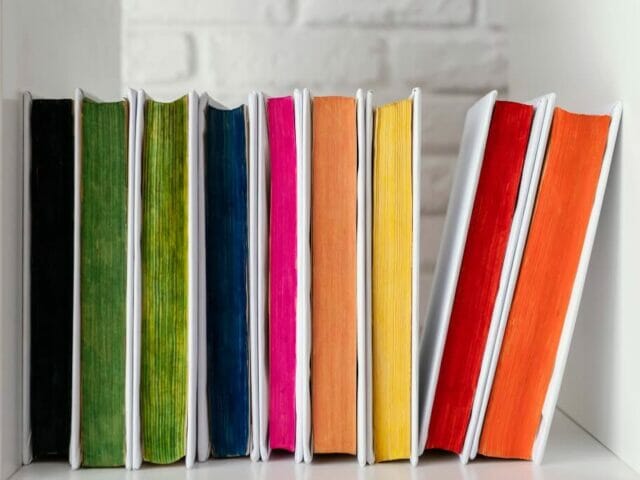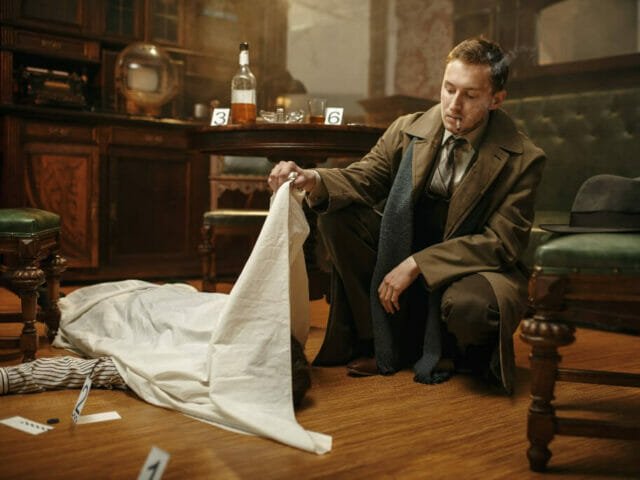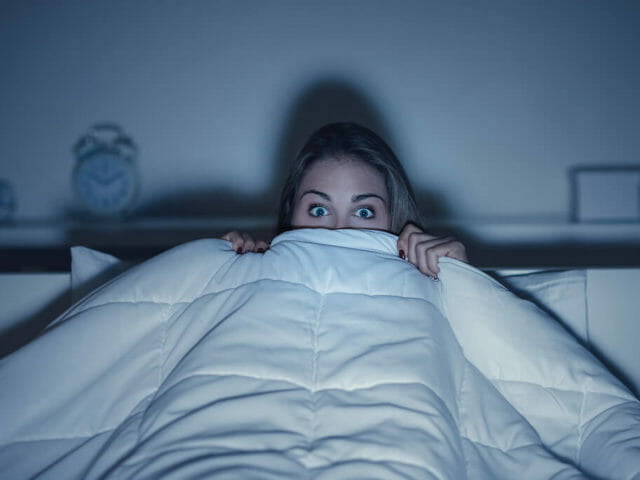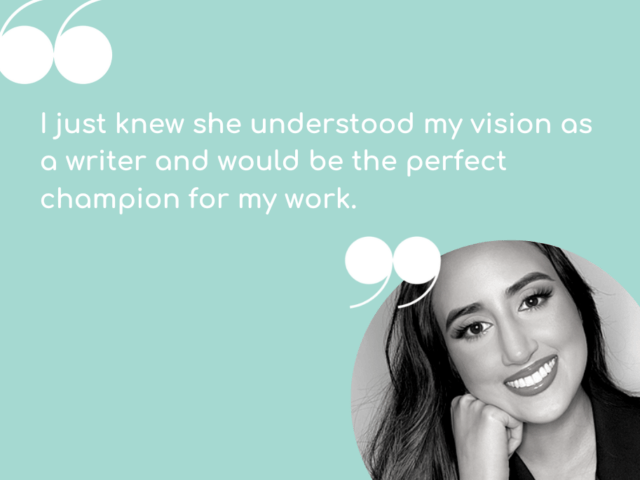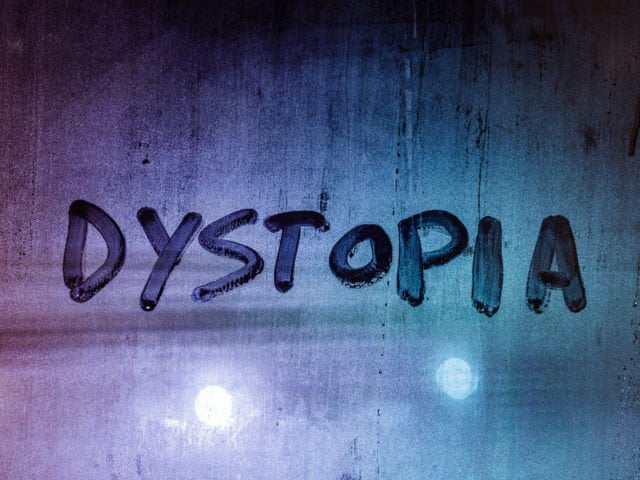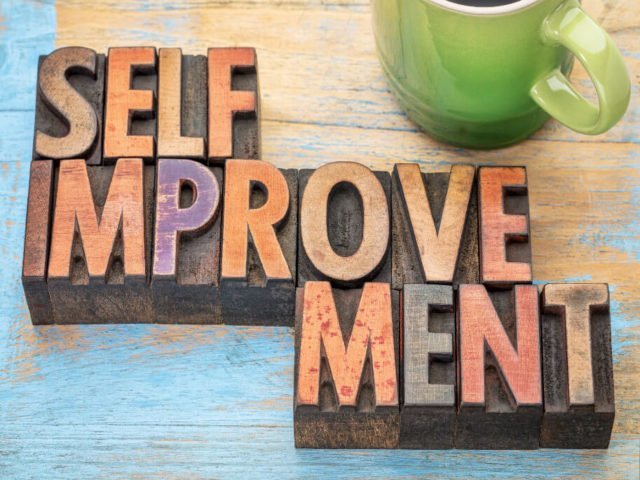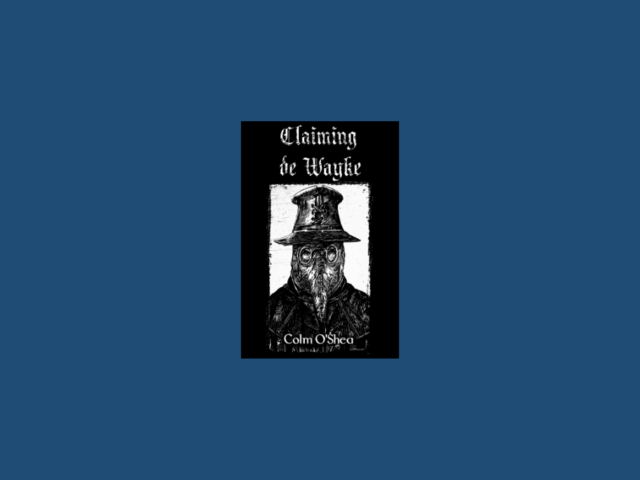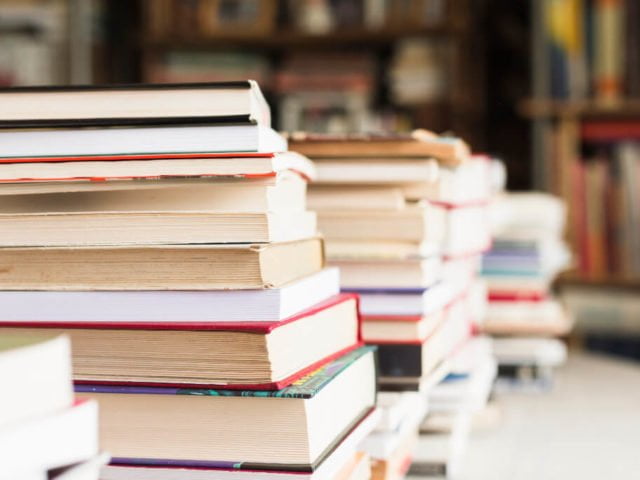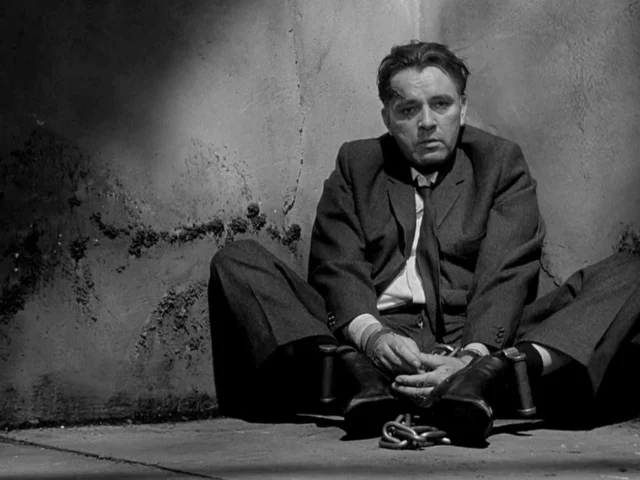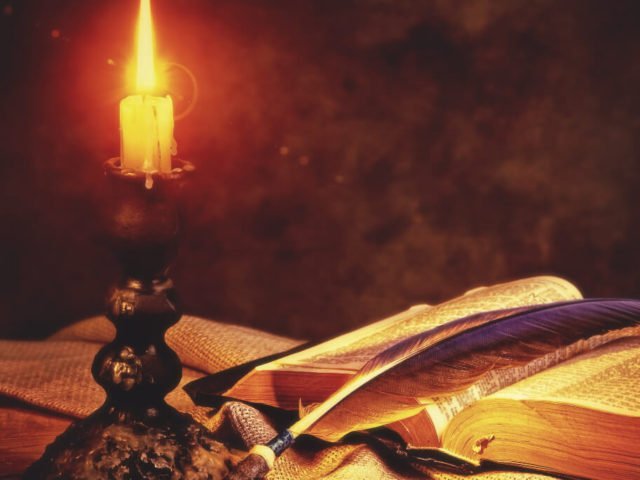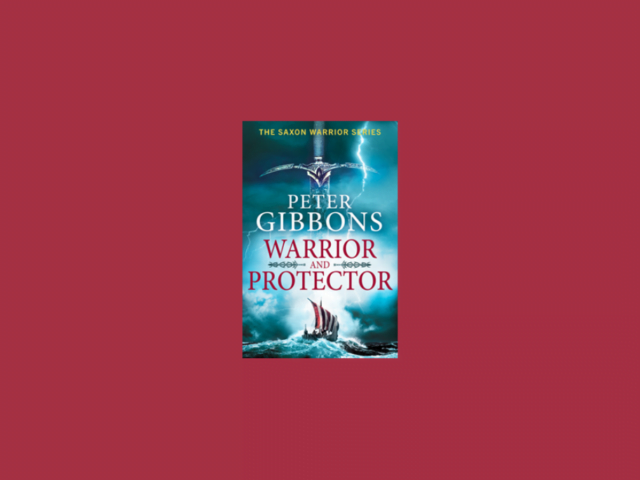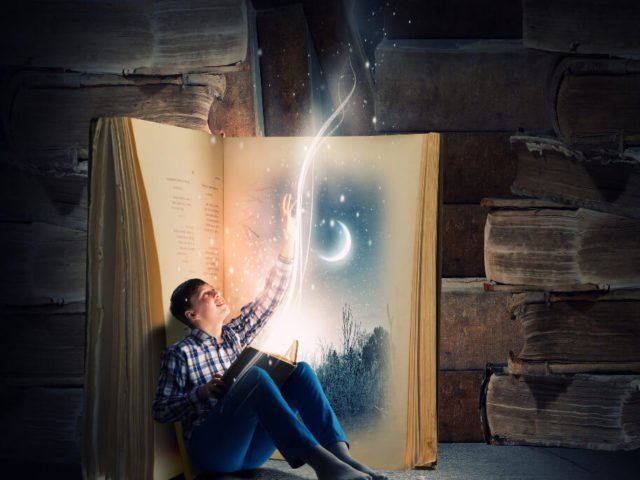Stream Of Consciousness Writing: Our Full Guide
As authors, we work hard to engage our readers. We try to ensure emotion is on the page, craft dialogue that\'s realistic, and make sure our settings place our audience at the heart of our stories.
But if you really want readers to get a sense of your character\'s inner thoughts, writing stream of consciousness can be an incredibly powerful and effective device.
This writing technique allows you to express the deepest inner thoughts of a character, and as a literary technique, it can bring the reader much closer to the emotion of the moment.
In this article, I will provide a stream of consciousness definition, explain a little about the history of this writing technique, how you can utilise it within your own writing, and walk you through a few stream of consciousness writing examples.
What Is Stream Of Consciousness Writing?
Stream of consciousness is a technique that allows the reader to ‘listen to’ and fully understand a character\'s deepest and unordered thoughts.
It’s a technique often used to highlight the complicated ways our thoughts move from one idea to another and allows the writer to delve deep into the mind of a character and their most vulnerable thoughts.
Using this technique means allowing a river of words to flow directly as they form in your mind, through your fingers, and onto the page without restriction.
It\'s a literary device that is used most commonly (but not exclusively) in fiction and poetry.
Understanding Steam Of Consciousness
To understand stream of consciousness, you need to first ignore the rules you learned at school regarding punctuation, grammar and structure.
Our thoughts very rarely come as fully formed sentences, so when writing stream of consciousness, you need to embrace that and learn to write your inner thoughts exactly as they manifest in your mind.
Embrace run-on sentences that are often interrupted by other thoughts, and questions that lead you from one path to another, and don’t be scared of heightened emotions.
Often in fiction we are warned to use repetition sparsely, but our brains are often repetitive, and so fixating on certain words or repetitive thought processes can highlight the cyclical process our brains use to make sense of the world. Repeated words or phrases are often used to highlight the importance of significant themes.
Our brains don’t ‘think’ using punctuation, and so it very rarely has a place in this particular writing style.
When writing stream of consciousness, many authors use italics, line breaks, ellipses and dashes to indicated pauses in thought processes or shifting directions.
Essentially, within this writing style, you are urged to break the rules you were taught and embrace the messiness of the human brain.
What Is The Difference Between Inner Monologue And Stream of Consciousness?
There are some fundamental differences between internal monologue and stream of consciousness, and using each technique comes with its own set of rules.
Understanding the difference and when to use them is essential.
Inner monologue takes the inner thoughts of your character and forms them into fully coherent and structured sentences.
This writing technique allows us to understand a character\'s thoughts but only contains the information that the author needs us to know.
As a literary device, inner monologue still uses accepted forms of grammar, syntax and traditional structure with a natural progression from one thought to the next.
In comparison, stream of consciousness tends to be much less ordered than interior monologue. The author will use the freedom of thought without restriction to immerse the reader in the unfiltered thoughts of their character.
Our own inner thoughts are often chaotic, we don’t think in full sentences, often argue with ourselves and question our own thoughts. The stream of consciousness technique highlights this and allows us to see the chaotic nature of the human brain.
The History Of Stream Of Consciousness In Fiction
The term \'stream of consciousness\' was first used by the psychologist William James to describe thought patterns in psychology, long before it was used in literary circles as a narrative style.
Back in 1894, James defined stream of consciousness in The Principles of Psychology as “consciousness as an uninterrupted \'flow\': \'a \'river\' or a \'stream\' are the metaphors by which it is most naturally described.”
Later, clinical psychologist Matthew Welsh, MS, PhD went on to further explain this, “Stream of consciousness is writing the first words or thoughts that go through your mind without actually planning or consciously thinking about what you are writing. Some people may refer to it as automatic writing.”
The stream of consciousness narrative has been used in fiction for centuries, but literary circles first highlighted the technique in the early 20th century when describing works by the likes of James Joyce, Marcel Proust and Virginia Woolf.
It’s hardly a surprise that these authors adopted such a technique as it was widely understood that they all had a deep understanding of (and a desire to explore) psychology, and embraced the exploration of thought processes and internal character development to express turmoil and the messy chaos of the human brain.
Looking back, we can see seedlings of stream of consciousness developing in Shakespeare’s works, with soliloquies in both Macbeth and Hamlet showing what would develop later into stream of consciousness.
But it wouldn’t be until the early 20th century that writers would abandon use of punctuation and embrace ‘flow’ and actively discuss the use of stream of consciousness to deepen the understanding of character and emotion.
Examples Of Stream Of Consciousness In Literature
In the early 20th century, Virginia Woolf used this technique often, with two of her most notable novels To the Lighthouse and Mrs Dalloway using stream of consciousness as a narrative technique to draw the reader in.
As we can see in the below example, Woolf uses stream of consciousness to voice the internal feelings of Mrs Dalloway and explore memories of both past and present, moving freely from past to present and giving us an insight into the characters true unordered emotions.
What a lark! What a plunge! For so it always seemed to me when, with a little squeak of the hinges, which I can hear now, I burst open the French windows and plunged at Bourton into the open air. How fresh, how calm, stiller than this of course, the air was in the early morning; like the flap of a wave; the kiss of a wave; chill and sharp and yet (for a girl of eighteen as I then was) solemn, feeling as I did, standing there at the open window, that something awful was about to happen …
Mrs Dalloway by Virginia Woolf
Poet and author Sylvia Plath often used the technique in her work, and most notably so in her novel The Bell Jar. Telling the story of a woman’s journey through depression, the use of stream of consciousness makes this piece of writing one of her most powerful and allows the reader to really experience the disordered thinking of someone struggling with mental illness.
More contemporary examples of this technique can be found in works such as Beloved by Toni Morrison. This novel, published in 1987, contains many beautiful and evocative passages, but the following example, in the voice of the main character Beloved, perfectly highlights all the techniques associated with this writing style.
I am alone I want to be the two of us I want the join I come out of blue water after the bottoms of my feet swim away from me I come up I need to find a place to be the air is heavy I am not dead I am not there is a house there is what she whispered to me I am where she told me I am not dead I sit the sun closes my eyes when I open them I see the face I lost Sethe\'s is the face that left me Sethe sees me see her and I see the smile her smiling face is the place for me it is the face I lost she is my face smiling at me
Beloved by Toni Morrison
Morrison does not use ‘correct’ grammar or punctuation at all. Repetition is prevalent and the gaps in the text highlight the pauses the ‘brain’ is taking in between thoughts.
Other examples of stream of consciousness writers are James Joyce, David Lodge, William Faulkner and Leo Tolstoy.
How To Use Stream Of Consciousness In Your Writing
It’s often difficult to break out of learned skills and techniques, and ‘free writing’ can feel unnatural to those who have spent their lives writing in a structured manner.
Try some of these techniques to free your brain.
1: Limit Distractions
It’s so important not to have external distractions interrupting your flow. Be fully in the mind of your character; don’t distract yourself with your own surroundings for inspiration.
2: Try Meditation
This can help with limiting distraction. Free your mind entirely by meditating and focusing solely on your character and the story in front of you.
Getting into a state of stream of consciousness writing often means getting into a state of flow and focus. Mediation can help unlock that space in your brain where you can truly embrace free writing.
3: Do NOT Self-Edit!
This is particularly hard for those who are used to writing in a structured manner.
To truly understand the thought process of the character, you need to embrace the messiness of the brain which means not polishing those words into perfect prose. If your brain hops from thought to thought, let it.
4: Create A Detailed Character Profile
Character profiles are incredibly helpful no matter what style of writing you are attempting, but when it comes to stream of consciousness, it is vital to know your character inside out.
5: Try Using Writing Prompts
Use some tried and tested writing prompts.
Having a specific topic to bounce from will give you a small feeling of structure to start with, but make sure to stay in the head of your character and free write as much as you can, remembering not to self-edit along the way.
Tips For Writing Stream Of Consciousness
Now, it wouldn’t be writing if there weren’t a few contradictions to take into consideration.
As much as I have stated that there are not ‘rules’, and though I’m telling you to embrace the messiness, there are a few guidelines you need to take into consideration.
1: Stay Character Focused
Remember that stream of consciousness must always be character specific. Focus on the thoughts of your character. Stay in their mind, not your own.
2: Don’t Stop!
Follow your characters thoughts all the way to the end, even if the thought process changes direction. Embrace each fork in the road.
3: Ignore The Rules
Don’t use structure, or grammar, or any other ‘learned writing skills’.
What Are The Benefits Of Stream Of Consciousness?
Each technique we learn as writers benefits us in different ways, so what are the benefits to learning how to write in a stream of consciousness style?
Overcome Writers Block
If you are struggling with writer’s block, freeing your mind up to really delve into the motivation of your character can be the perfect antidote.
If you’re struggling to organise your thoughts, free writing using stream of consciousness can help you get them all down on the page and reveal aspects of your character that you weren’t previously aware of.
Emotional Release
Writing is often used as therapy and using this technique can be incredibly useful when attempting to tap into the deeper emotions of your characters, or indeed yourself.
Adopting this technique will free up thought processes you would generally edit out of your own work.
Elevate Your Writing Skills
To become a better writer, you need to write, write and write some more; however, developing new skills in your author\'s tool chest will always help you become a stronger writer.
Stream of consciousness is a technique used to shed light on the deepest and darkest parts of our soul, so this kind of free writing can often illuminate areas we never knew existed which can result in you becoming a better, more well-rounded writer.
Frequently Asked Questions
Why Do Writers Use Stream Of Consciousness?
Stream of consciousness is a great way to allow your reader to truly ‘hear’ the thought process of your character, to see their true and undiluted thoughts and connect of a deeper level with the emotions.
Is Writing Stream Of Consciousness Hard?
Like any writing technique, it’s something to learn, but it’s a valuable technique. Like everything, practise makes perfect, but it’s a writing technique that can unlock interesting thought processes and is often a fun process to use in the beginning stages of developing an entire novel.
Stream Of Consciousness Writing
Like all writing techniques, stream of consciousness is something you can learn, but practise makes perfect.
Many will struggle to break away from the restrictive lessons we have been taught when it comes to traditional rules surrounding structure, grammar, and syntax. However, embracing the chaos can elevate your writing, provide invaluable insight into your characters, and truly draw the reader in to your story.
So don’t be afraid, jump in with both feet and swim around in the chaos of the mind. You never know what you might discover.




